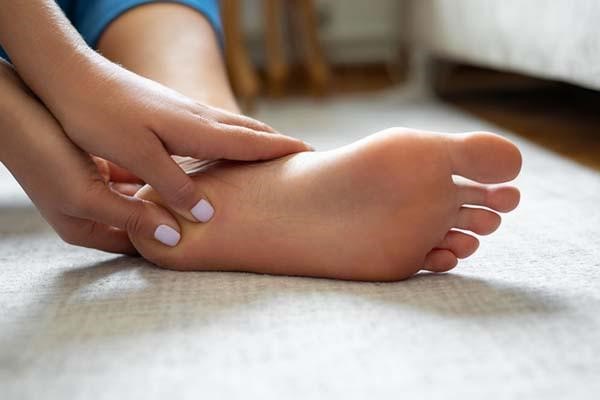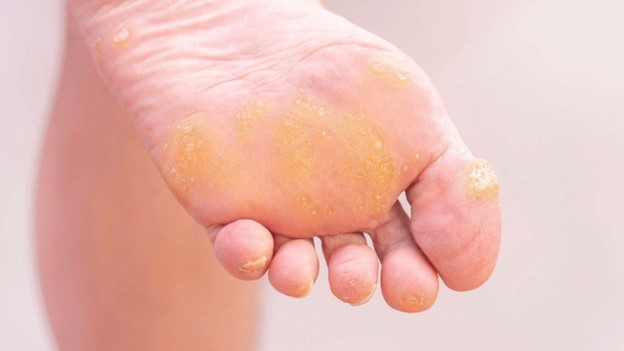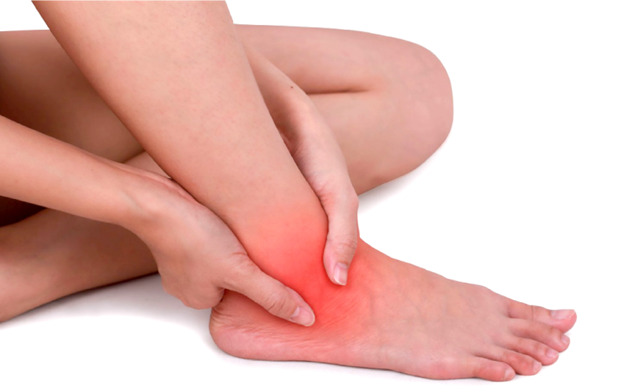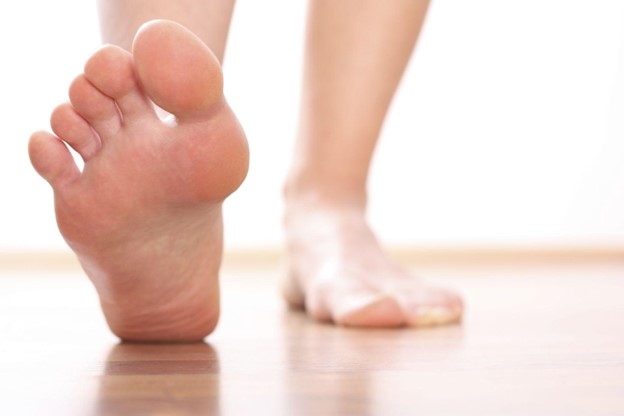Foot Health 101: Everything You Need to Know from Singapore’s Leading Podiatrists
Essential Foot Health Tips from Singapore’s Top Podiatrists
Foot health is often overlooked, yet it plays a crucial role in our overall well-being. Our feet bear the weight of our entire body and are involved in nearly every movement we make.
In Singapore, where the climate and lifestyle can sometimes lead to specific foot-related issues, understanding foot health is even more important. This comprehensive guide from Singapore’s leading podiatrists will cover everything you need to know about maintaining healthy feet, common foot problems, treatments, and preventive measures.
The Importance of Foot Health
Our feet are intricate structures composed of 26 bones, 33 joints, and over 100 muscles, tendons, and ligaments. These elements work together to provide stability, movement, and support. Good foot health is essential because:
- Daily Mobility: Healthy feet allow us to perform daily activities comfortably, such as walking, running, and standing.
- Posture and Balance: Feet serves as the foundation of our body. Poor foot health can lead to posture issues, back pain, and balance problems.
- Quality of Life: Chronic foot pain or conditions can significantly affect one’s quality of life, limiting physical activities and impacting mental health.
Common Foot Problems in Singapore
Singapore’s warm and humid climate, combined with lifestyle factors, can contribute to several common foot problems. Here’s a look at some issues frequently treated by podiatrists in the region:
1. Plantar Fasciitis
Plantar fasciitis is a condition marked by inflammation of the band of tissue running along the bottom of the foot from the heel to the toes. This problem is frequently due to repetitive strain, wearing shoes that don’t offer adequate support, or standing for prolonged periods. It manifests as sharp pain, especially when one gets up in the morning.
Symptoms: Sharp pain in the heel, especially in the morning or after long periods of rest.
Treatment: Rest, ice therapy, stretching exercises, orthotic inserts, and in severe cases, corticosteroid injections or surgery.

2. Bunions
Bunions are hard bumps that appear at the base of the big toe. They occur when the bones at the front of the foot move out of alignment, causing the big toe to lean towards the second toe.
Symptoms: Pain, swelling, redness around the joint, and difficulty wearing shoes.
Treatment: Proper footwear, orthotic devices, padding, medication, and in some cases, surgical correction.
3. Athlete’s Foot
A common fungal infection, Athlete’s Foot thrives in warm, moist environments and is highly contagious. It can spread through contact with contaminated surfaces, such as gym floors or communal showers.
Symptoms: Itching, burning sensation, peeling skin, and redness.
Treatment: Antifungal creams, powders, proper foot hygiene, and keeping feet dry.
4. Ingrown Toenails
Ingrown toenails develop when a toenail’s edge grows into the skin around it, causing discomfort, redness, and swelling. This condition can result from incorrect nail trimming, tight shoes, or injuries to the foot.
Symptoms: Pain, redness, swelling, and sometimes infection.
Treatment: Proper nail trimming, soaking the foot in warm water, wearing comfortable shoes, and, if infected, antibiotics or minor surgery.
5. Corns and Calluses

Corns and calluses are thickened layers of skin that develop due to friction or pressure, often from wearing ill-fitting shoes or prolonged walking.
Symptoms: Hardened, thick patches of skin that may be painful.
Treatment: Wearing well-fitted shoes, using padding, medicated creams, and, in severe cases, removal by a podiatrist.
Prevention is Key: Tips for Healthy Feet
Preventing foot problems before they develop is the best approach to maintaining optimal foot health. Here are some expert tips from Singapore’s leading podiatrists:
- Wear Proper Footwear: Choose shoes that provide adequate support, cushioning, and fit properly. Avoid high heels and pointed-toe shoes that can cause deformities and pain over time.
- Practice Good Hygiene: Wash feet daily with soap and water, dry them thoroughly, especially between the toes, and change socks regularly. This helps prevent fungal infections like Athlete’s Foot.
- Trim Nails Correctly: Trim toenails straight across and avoid cutting them too short. This prevents ingrown toenails and other nail problems.
- Moisturize Regularly: Dry, cracked feet can lead to infections. Apply a good-quality moisturizer to keep the skin soft and supple, but avoid the spaces between the toes to prevent fungal growth.
- Exercise Regularly: Engage in activities that promote foot strength and flexibility, such as walking, swimming, and specific foot exercises.
- Inspect Your Feet Daily: Look for signs of blisters, cuts, swelling, or discoloration. Early detection can prevent minor issues from developing into more serious conditions.
When to See a Podiatrist

Many people tend to ignore foot pain, assuming it will go away on its own. However, untreated foot problems can worsen over time, leading to more severe conditions and even affecting your overall health. It’s essential to consult a podiatrist if you experience:
- Persistent pain or swelling in the foot or ankle.
- Changes in the appearance of your nails or skin.
- Difficulty walking or performing daily activities due to foot pain.
- Recurring infections or injuries.
Treatments Offered by Singapore’s Leading Podiatrists
Podiatrists in Singapore are highly skilled in diagnosing and treating foot conditions. Here are some treatments and interventions they provide:
- Orthotic Therapy: Custom-made orthotics are shoe inserts that provide support and correct foot alignment, helping alleviate pain and prevent future issues.
- Foot and Ankle Surgery: For severe cases, surgical intervention may be necessary to correct deformities, remove bunions or ingrown toenails, or repair fractures.
- Physical Therapy: A combination of exercises and stretches to strengthen the feet, improve flexibility, and reduce pain.
- Wound Care: Diabetic patients and those with poor circulation are prone to foot ulcers. Podiatrists provide specialized wound care to prevent complications and promote healing.
- Shockwave Therapy: A non-invasive treatment that uses sound waves to stimulate healing in tissues, commonly used for plantar fasciitis and other chronic foot conditions.
- Laser Therapy for Fungal Nails: Advanced laser treatment is available for stubborn fungal nail infections, offering a quicker and more effective solution than traditional topical treatments.
Foot Health and Specific Populations
Foot health considerations can vary among different population groups. Here’s what to keep in mind:
- Diabetics: Individuals with diabetes are at a higher risk of foot problems due to poor circulation and neuropathy. Regular foot check-ups, proper footwear, and maintaining blood sugar levels are crucial.
- Children: Foot problems in children, such as flat feet or toe walking, should be monitored closely. Early intervention can prevent future issues.
- Elderly: Age-related changes can affect foot health, such as thinning skin, reduced circulation, and arthritis. Regular podiatric care can help manage these conditions.
Conclusion
Foot health is fundamental to our overall well-being. By taking preventive measures, wearing proper footwear, maintaining good hygiene, and seeking professional care when necessary, we can ensure our feet remain healthy and pain-free.
Singapore’s leading podiatrists are equipped with the expertise and technology to treat various foot conditions, providing personalized care tailored to individual needs. Remember, healthy feet are the foundation of a healthy life—don’t neglect them!
